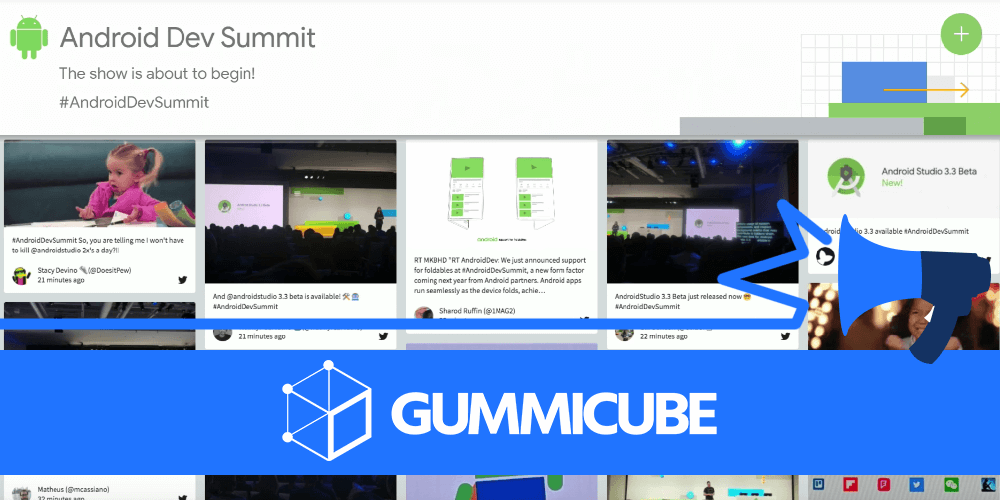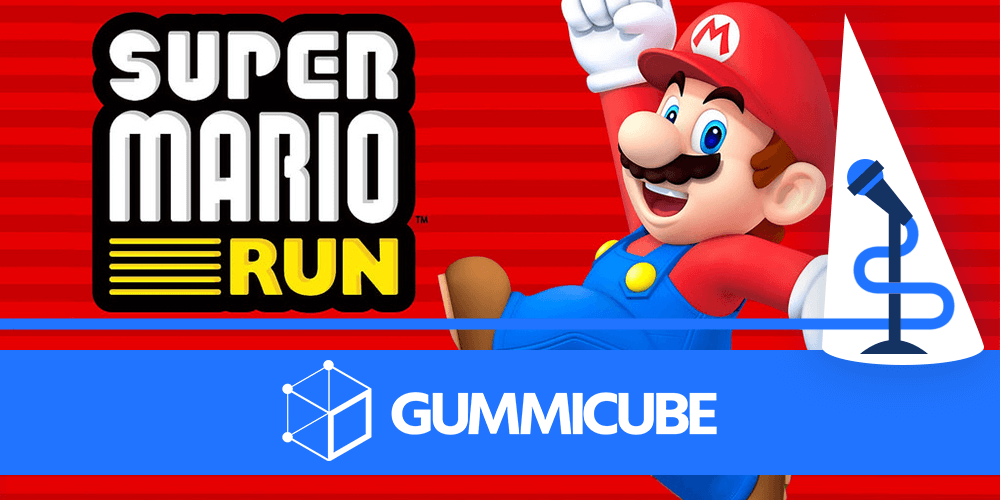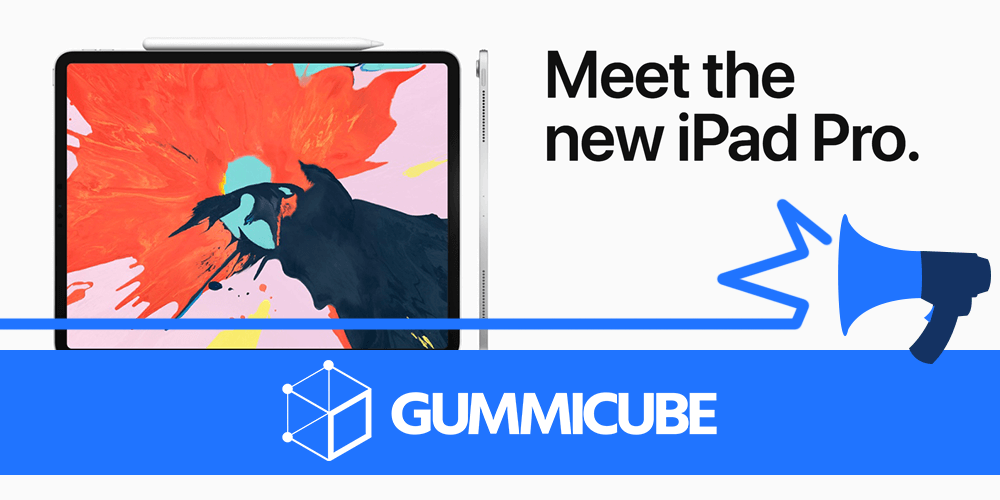
Android App Bundles: Updates & What You Need to Know
Posted on November 16th, 2018
Google recently announced updates and enhancements to the Android App Bundles, designed to make apps easier to deliver and take up less space. In addition to the update, there are several beta features currently being tested, which are intended to make it easier to deliver features or integrate instant apps.












